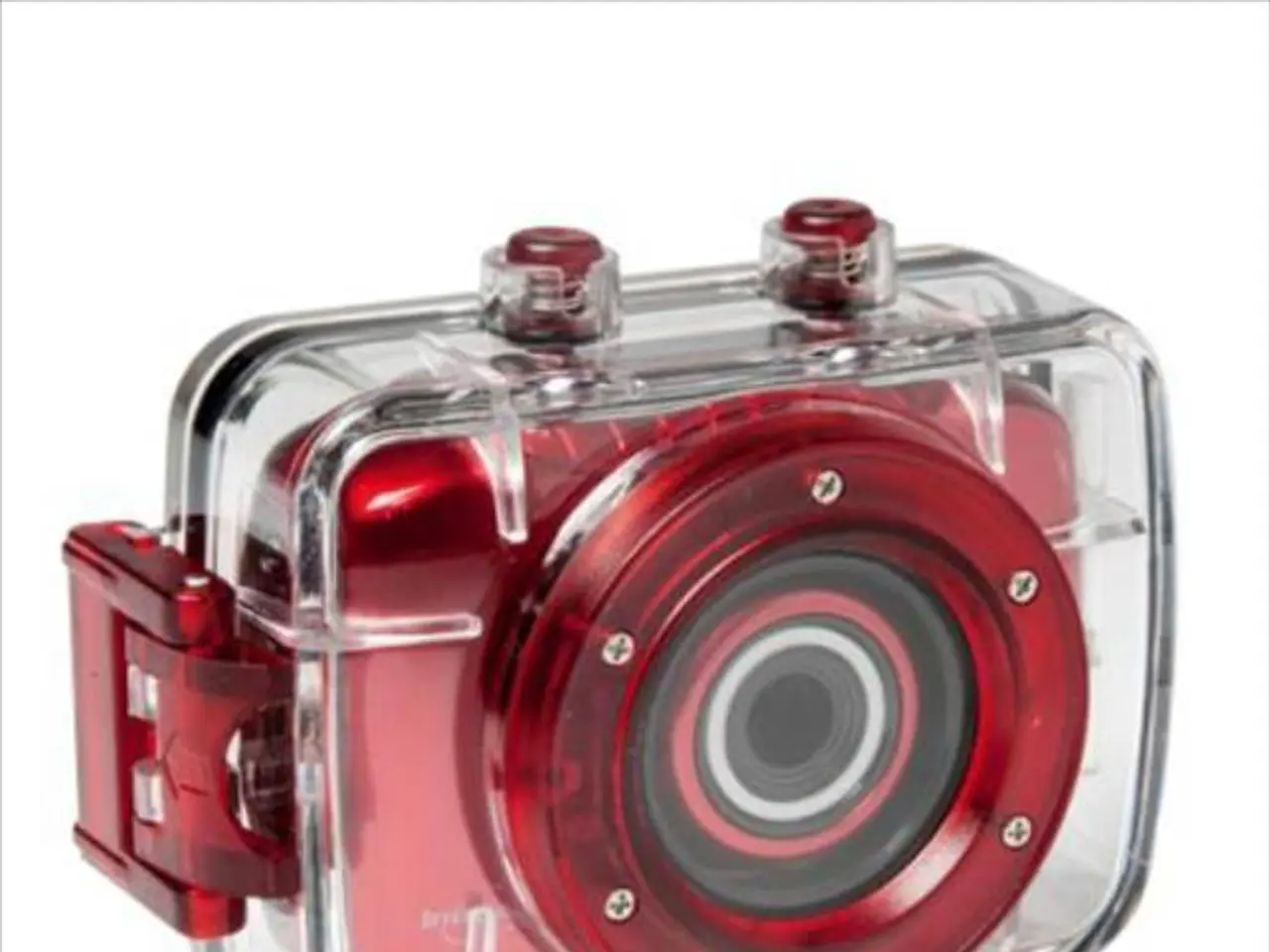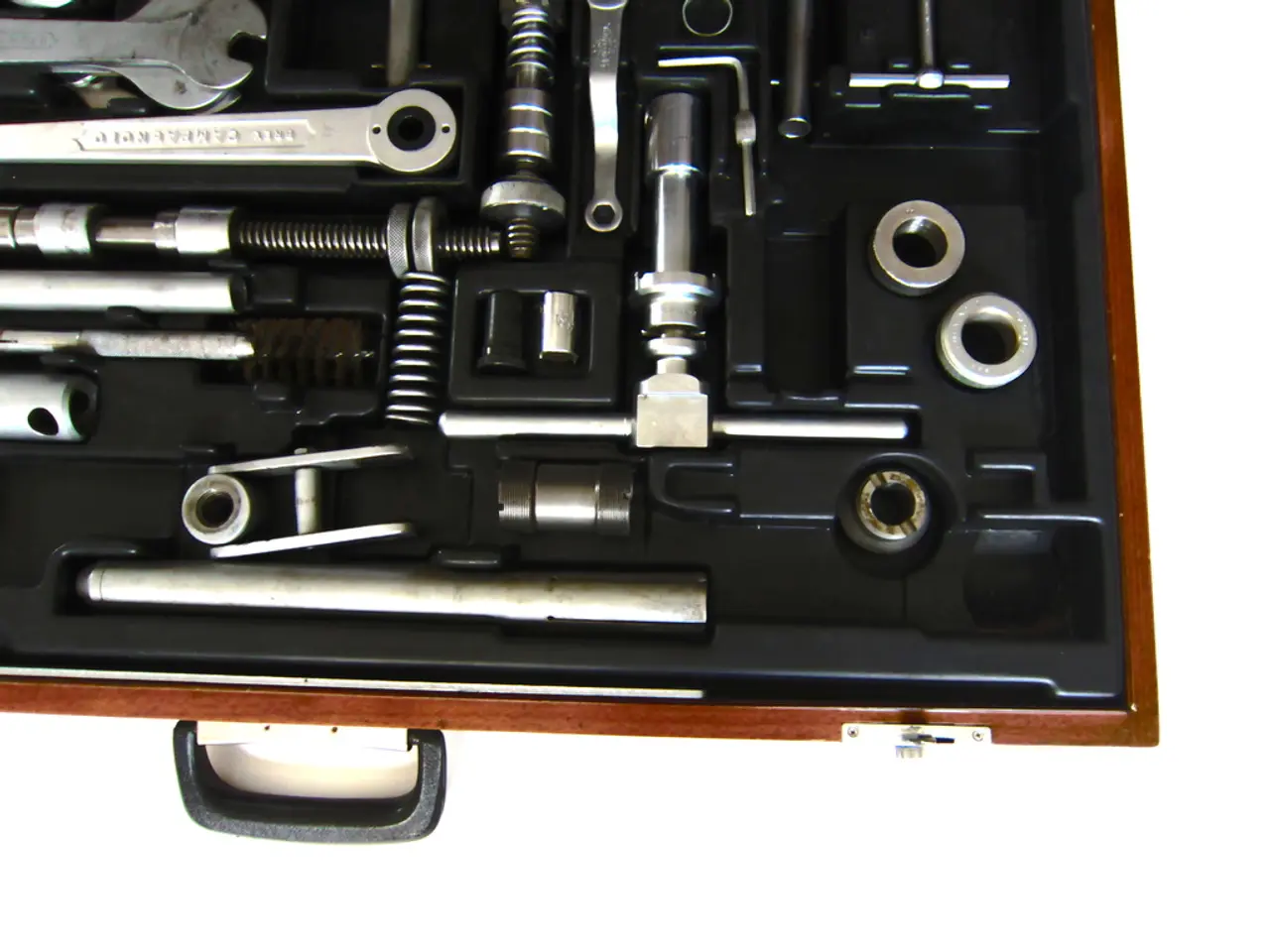Sigma's latest lens could outperform prime lenses, potentially posing a threat not only to prime lenses but also to full-frame cameras.
The Sigma 17-40mm f/1.8 DC Art lens, a versatile zoom lens designed specifically for APS-C cameras, has been making waves in the photography world. Priced at $1,630 / £1,630 / AU$3,000 for the Canon EOS R10 setup, it offers an outstanding performance that could potentially replace the need for a full-frame camera upgrade for many users.
This lens boasts a wide aperture of f/1.8 throughout its zoom range, delivering exceptional centre sharpness even at 17mm and 40mm, a feat impressive for a zoom lens in this category. It offers an equivalent focal range of approximately 25.5 to 60mm on full-frame terms, making it suitable for many general photography needs on APS-C cameras.
While it significantly enhances the APS-C shooting experience with its sharp optics, smooth autofocus, and appealing wide aperture, it does not completely replace the advantages of a full-frame camera system. Full-frame cameras generally provide better high ISO performance, dynamic range, and larger sensor benefits that can't be fully substituted by a lens alone.
For some photographers, especially those who prefer the flexibility of a zoom and want excellent image quality without carrying multiple primes, this lens is highly attractive. It consolidates a versatile focal range with a large aperture that usually requires several prime lenses to match. Video shooters also benefit from its minimal focus breathing, smooth aperture ring, and quiet autofocus, practical refinements not always found in multiple prime lens setups.
However, for those who prioritise full-frame sensor benefits or require longer focal lengths and ultra-wide ranges, full-frame systems and multiple primes may still hold advantages. The Sigma 17-40mm f/1.8 Art lens setup is smaller, lighter, cheaper, and offers more reach at the long end and a faster aperture at the wide end compared to a setup with three prime lenses on a full-frame camera.
In conclusion, the Sigma 17-40mm f/1.8 DC | Art lens effectively complements APS-C cameras and can replace the need for a full-frame upgrade for many photographers, especially those focused on versatility and video. However, the best choice always depends on the individual shooter’s specific needs and style.
- This Sigma 17-40mm f/1.8 DC Art lens, a dynamic addition to the photography world, is priced at $1,630 / £1,630 / AU$3,000 for the Canon EOS R10 setup.
- Impressively, this versatile zoom lens delivers exceptional centre sharpness across its focal range, even at 17mm and 40mm.
- With an equivalent focal range of approximately 25.5 to 60mm on full-frame terms, it caters to various general photography needs on APS-C cameras.
- Despite enhancing APS-C shooting experiences with sharp optics, smooth autofocus, and a wide aperture, it falls short of fully replicating the advantages of a full-frame camera system.
- Video shooters, appreciating its minimal focus breathing, smooth aperture ring, and quiet autofocus, find practical refinements in this lens not always found in multiple prime lens setups.
- Yet, for those who value full-frame sensor benefits or need longer focal lengths and ultra-wide ranges, full-frame systems and multiple primes may still offer advantages over this lens setup.
- Compared to a setup with three prime lenses on a full-frame camera, the Sigma 17-40mm f/1.8 Art lens setup is smaller, lighter, cheaper, and offers more reach at the long end and a faster aperture at the wide end.
- In the realm of travel and lifestyle photography, this lens' versatility, combined with its ability to generate stunning bokeh and perform exceptionally in low-light conditions, makes it a formidable contender.
- As technology continues to evolve and photography becomes increasingly competitive, the Sigma 17-40mm f/1.8 DC Art lens emerges as an economical alternative for sports photographers seeking a balance between portability, a wide aperture, and high-performance optics.



